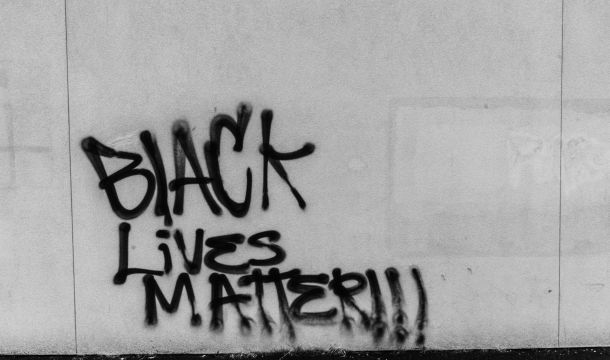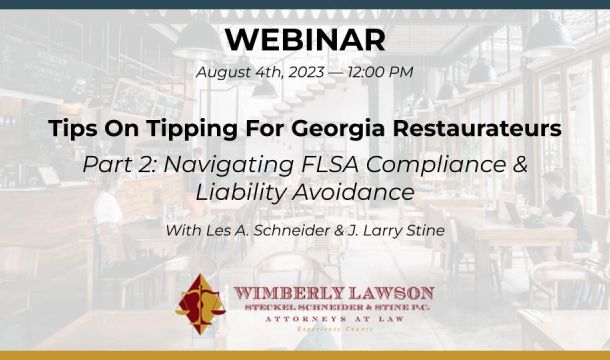Relaxed CDC Guidance Requires Employers to Set the Rules
In May, the Centers for Disease Control (CDC) issued new guidance that fully vaccinated people "can resume activities without wearing any mask or standing six feet apart, except where required by federal, state, local or territorial laws, rules and regulations, including local business and workplace guidance." The CDC requirements define those who have been "fully-vaccinated" as meaning two weeks have passed since they received a single-shot vaccine or the second dose of a two-shot vaccine. The immediate questions are whether the employers that want to loosen their mask requirements can have different rules for vaccinated or non-vaccinated employees, and whether such employers should be tracking vaccination status and requiring proof. Then, on June 10, 2021, OSHA issued an Emergency Temporary Standard for (ETS) Healthcare and updated guidance for general industry.
The ETS, codified at 29 U.S.C. §1910.502, establishes new requirements for settings where employees provide healthcare or health care support services, including skilled nursing homes and home healthcare, with some exemptions for healthcare providers who screen out patients who may have COVID-19. The new standard references and applies to in-house medical offices, such as clinics in poultry plants or other industrial medicine settings, staffed by licensed health care providers. See 1910.502.8(3)(I). It will require non-exempt facilities to conduct a hazard assessment and have a written plan to mitigate virus spread. Healthcare employers must provide some employees with N95 respirators or other personal protective equipment. In addition, covered employers must ensure 6 feet of distance between workers. In situations where this is not possible, employers should erect barriers between employees where feasible.
The ETS also requires covered employers to provide workers with paid time off to get vaccinated and to recover from any side effects. Covered employees who have coronavirus or who may be contagious must work remotely or otherwise be separated from other workers if possible or be given paid time off up to $1400 per week. For most businesses with fewer than 500 employees, tax credits in the American Rescue Plan may be reimbursed through these provisions.
The ETS exempts fully vaccinated workers from masking, distancing and barrier requirements when in well-defined areas where there is no reasonable expectation that any person will be present with suspected or confirmed coronavirus.
The ETS is effective immediately upon publication in the Federal Register. Employers must comply with most provisions within 14 days and with the remaining provisions within 30 days. OSHA will use its enforcement discretion to avoid citing employers who miss a compliance deadline but are making a good faith effort to comply with the ETS. OSHA will continue to monitor trends in coronavirus transmission.
On June 10, 2021, OSHA also issued updated guidance to general industry on COVID-19 prevention for unvaccinated and at-risk employees, which provides in pertinent part:
Unless otherwise required by federal, state, local, tribal, or territorial laws, rules, and regulations, most employers no longer need to take steps to protect their fully vaccinated workers who are not otherwise at-risk from COVID-19 exposure. This guidance focuses only on protecting unvaccinated or otherwise at-risk workers in their workplaces (or well-defined portions of workplaces).
Two things are important about this guidance: (1) it supersedes prior guidance; and (2) it does not impose any new legal obligation on employers.
Some people who are fully vaccinated are still at-risk due to immunocompromising conditions. Such "at-risk" workers are defined in the guidance as those with underlying medical conditions that may compromise the effectiveness of the vaccination. Employers are required to take steps to protect such individuals, and also workers with disabilities who, for one reason or another, cannot take the vaccine or use face coverings. Such individuals should discuss the need for additional protections with their healthcare providers.
People are considered fully vaccinated for COVID-19 two weeks or more after they have completed their final dose of a COVID-19 vaccine authorized by the U.S. Food and Drug Administration in the United States. In determining vaccination status, the ETS and Guidance both appear to rely primarily on the honor system, requiring proof of inoculation from each worker, or requiring some type of policy to be signed saying the worker acknowledges they have to wear a mask if unvaccinated. Surveys indicate that about 60% of employers intend to require proof of vaccination in some form. The proof can be as short and simple as a vaccination card, which need not be retained by the employer in order to avoid receiving unnecessary medical or personal information. While requesting proof of vaccination is not a medical inquiry, the information that the employee provides about vaccination status, including a copy of their vaccination card, is considered medical information and must be maintained confidentially. Walmart has announced it is dropping its mask requirement for fully vaccinated staff and it is not requiring proof of vaccination. Amazon stated it will no longer require vaccinated workers to wear a mask as long as those employees upload their inoculation data to the company's portal. For those employers that vaccinate on-site, company records will likely already have proof as to who has been vaccinated, but such information is a medical record that must be kept confidential. It is lawful to ask employees if they have been fully vaccinated but further medical information should not be sought. It is best to ask employees to provide proof that includes only their name, the date of vaccination, and their provider's name, if necessary.
Some employers have considered "segregating" workers as between those vaccinated and non-vaccinated, but as a practical matter this may be difficult to do and may create an employee relations issue. The simplest and most practical thing to do is simply to allow vaccinated employees to not wear their mask and to eliminate temperature checks or related questions as to symptoms in the case of vaccinated persons entering the facility.
Employers must still consider the issue of accommodation requests from employees who are unable to receive a vaccine due to a medical condition or sincerely held religious beliefs. However, so long as the company has published policies on how to seek such accommodations, this limitation should not deter the company from making decisions as to masks and screening.
This is part of our July 2021 Newsletter.
Click here to download the newsletter PDF
Related Content
Get Email Updates

NLRB to Seek Rescission of past Discipline Imposed under Overbroad Employer Work Rules

Do Drive Cam Cameras inside Trucks Violate Employee Rights?

Amazon Considers Risk When Investigating Employee Misconduct

Latest NLRB Attack Goes beyond Non-Compete Agreements to Reach Outside Employment

NLRB Board Addresses BLM Insignia at Work



